RSS
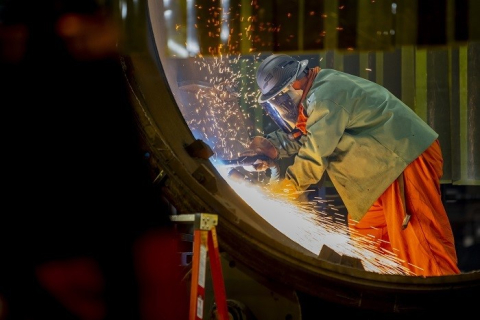

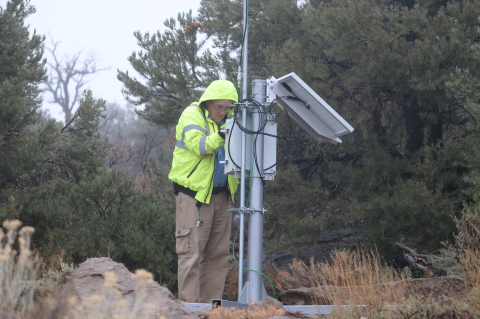
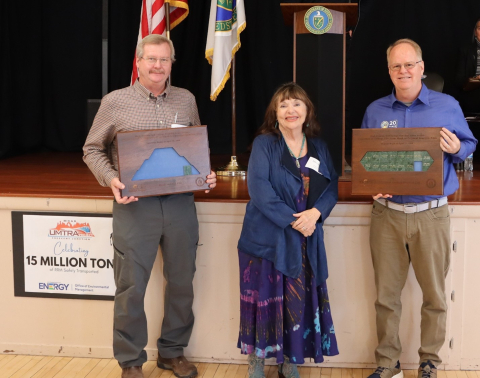
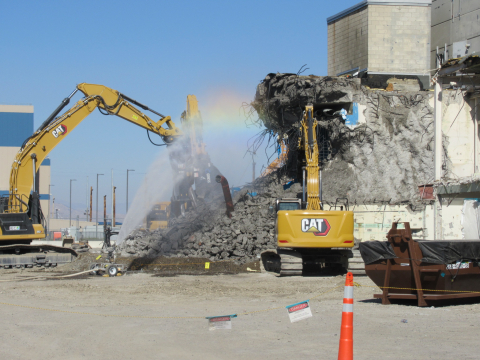
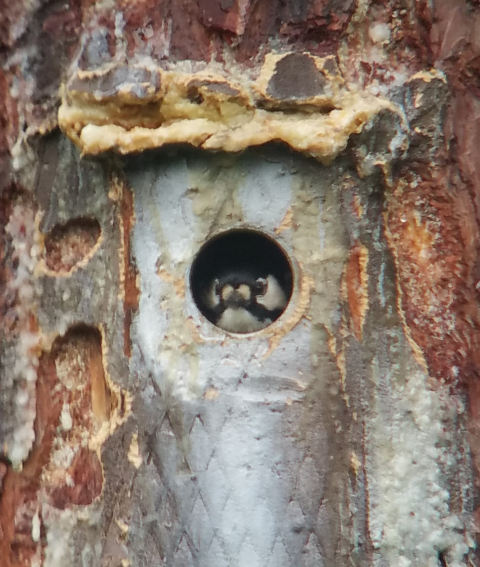


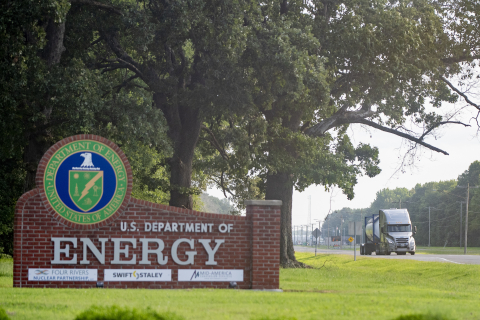
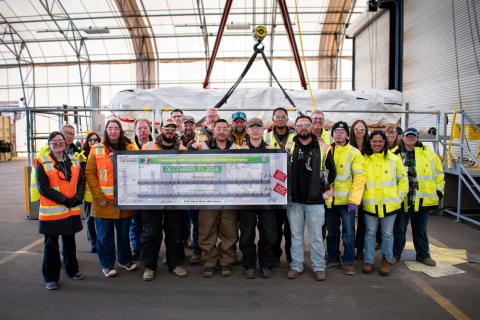

The Portsmouth Paducah Project Office achieved significant priorities, goals and milestones in 2024, advancing cleanup and preparing its two sites for future use.

A Savannah River Site (SRS) contractor and the U.S. Department of Energy (DOE) Office of Small and Disadvantaged Business Utilization (OSDBU) co-hosted a virtual forum as part of their ongoing commitment to hiring veteran-owned small businesses.
The Environmental Management Nevada Program is implementing technology that will aid data collection and reduce environmental impacts at groundwater wells at the Nevada National Security Site.

A Moab Uranium Mill Tailings Remedial Action Project ceremony held late last year commemorated the removal of a cumulative 15 million tons of radioactive uranium tailings, a U.S. Department of Energy Office of Environmental Management 2024 priority.
The U.S. Department of Energy Office of Environmental Management and its contractor at the Idaho Cleanup Project have removed an important support structure.

Following Hurricane Helene, wildlife biologists from Savannah River Site and the Francis Marion and Sumter national forests have been working together to create new habitats for the site’s most famous resident species.

When disaster strikes across the country, teams with the Hanford Site’s Volpentest HAMMER Federal Training Center can be found on the front lines of U.S. Department of Energy efforts.

The liquid waste contractor at the U.S. Department of Energy Office of Environmental Management‘s Savannah River Site continued its commitment to giving big business to small business in fiscal year 2024.
The Paducah Site met a 2024 priority by safely and successfully removing 1 million pounds of R-114 refrigerant — a legacy environmental hazard stored at the site.

Size-reduction activities have wrapped up for 158 corrugated metal pipes containing legacy cemented transuranic waste at Los Alamos National Laboratory.

